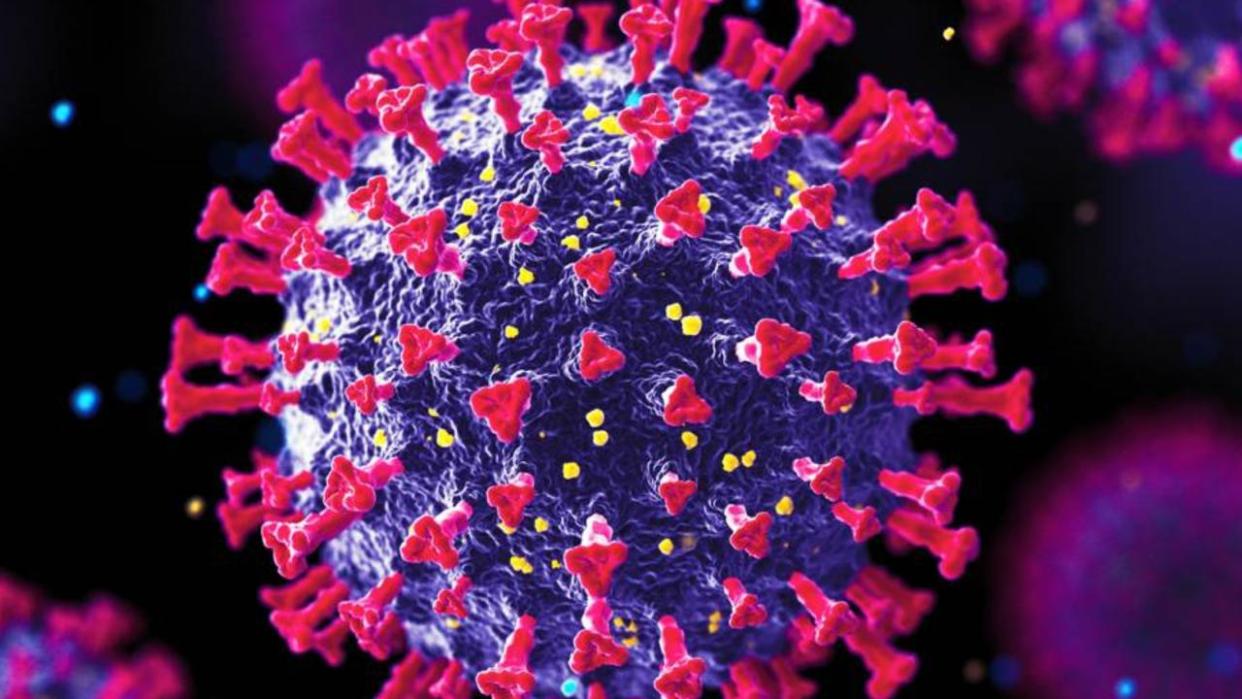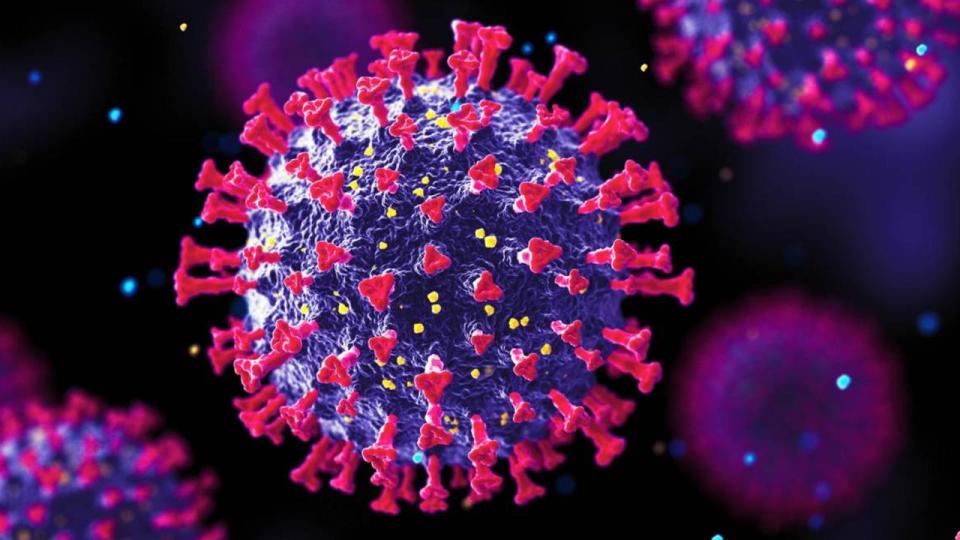Fresh Covid wave set to wallop Aussies

A highly transmissible Covid subvariant is “taking off” in Australia and will likely produce a bulge in new cases, disease experts warn.
The FLuQE subvariant is ripping through the US, and University of South Australia biostatistician Adrian Esterman said the mutation would hit Australians in just a few weeks.
“It might take another few weeks to hit us, but it will,” he told NewsWire on Wednesday.
“It’s really starting to take off and in America, it’s starting to skyrocket.”
The FLuQE subvariant mutated from the FLiRT variant that hit Australia at the end of last year and in early 2024.
Professor Esterman said FLiRT was “almost certainly” responsible for a bulge in Covid cases across May.
In South Australia alone, new weekly Covid cases rose from 924 on April 17 to 2394 on May 22 before falling back to 980 on June 19.
Professor Esterman warned FLuQE could dodge immune systems and “bind more efficiently with ACE2 receptors”, making them more transmissible.
“That’s why you’re seeing KP.3 (FLuQE) really take off for the moment,” he said.
FLiRT and the FLuQE subvariant were descendants of Omicron, the Royal Australian College of General Practitioners said.
“The FLiRT variants are a group of subvariants of JN. 1 from the Omicron lineage,” Dr Lara Herrero writes on the RACGP website.

“JN. 1 was detected in August 2023 and declared a variant of interest by the World Health Organisation in December 2023.
“By early 2024, it had become the most dominant variant in Australia and much of the rest of the world, driving large waves of infections.”
Professor Esterman said a portion of the country’s elderly population might not be properly prepared for the coming wave.
Only 40 per cent of elderly Australians and 40 per cent of aged care residents had received updated booster shots, he said.
A new vaccine, based on the KP.2 or FLiRT variant, would be applicable to FLuQE, he said, and would likely become available in Australia towards the end of the year.
“The new updated vaccine will work extremely well against it,” Professor Esterman said.
He said current vaccines offered “some immunity” to FLuQE.


